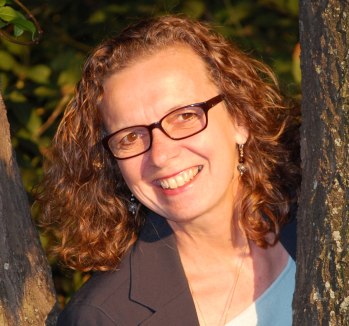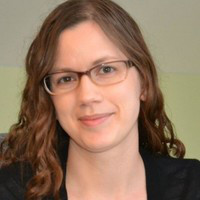Yes, dear readers, this is the last interview before the Fall Conference! Since your blog editor, Jane Kelley, will be part of the panel that’s discussing Twisting Truth into Fiction, Maria Parrot-Ryan agreed to ask me some questions.
Jane Kelley grew up by the woods in Mequon, Wisconsin, a perfect place for her imagination to roam. After graduating from Northwestern University, she performed street theater throughout the Midwest. She moved to Brooklyn, New York, with her husband, and was inspired by their daughter to write for kids. In 2010, she published her first middle grade novel, Nature Girl. She was the 2013 Thurber House Children’s Writer in Residence. She has written many more novels, including The Desperate Adventures of Zeno and Alya, which was honored by the CCBC in 2014. Her most recent work is the chapter book series, The Escapades of Clint McCool. For more information: janekelleybooks.com.

You’ll be on the “Twisting Truth into Fiction” panel at the fall conference. Could you share an example of a real place, person, or parrot that you used in one of your novels? What inspired you to use the real thing, and what problems did you encounter turning it into fiction? How did you solve those problems?
I did model Zeno, in The Desperate Adventures of Zeno and Alya, after a real African grey parrot. I had become obsessed with Alex, the parrot who was the subject of Dr. Pepperberg’s research into animal intelligence. She was able to prove that Alex was capable of independent thought. She also discovered that Alex had emotions. He could be motivated by his need to be the smartest one in the room. But the most interesting thing I learned about African greys was that, if bored, they would pluck the feathers from their chest. I found this kind of self-destructive behavior to be all too human. How many of us have picked at ourselves because we didn’t have anything better to think about?
I did take certain liberties in crafting my story. Since I wanted Zeno to be with other birds, I imagined that they could communicate with a lot more nuance than would be possible. (I was pleased to learn, however, that different species will warn each other about a predator. Certainly the birds and squirrels in my yard all share the news that my cat Blackberry is on the prowl.) To solve that problem, I laid a certain foundation––that birds can communicate–and then nudged the novel’s reality past that. The end result was that I could have Zeno (and the reader) learn about the meaning of friendship from a pigeon.
In this post for the “Smack Dab in the Middle” blog, you write that you intended your current work-in-progress to be a humorous novel, but instead it’s become “a gritty, poignant examination of what it means to dream.” Can you talk a little about how you came to realize this?
I realized the truth about my WIP after getting comments from two trusted early readers. Of course they didn’t know my plan. They were responding to the novel I was actually writing, rather than the one I thought I was. Neither of them said, wow what a funny book. One said: “the question of what it means to be an artist is handled in a real way – that the humiliation of not succeeding is held up against the reality of giving your life to a higher purpose.” Doesn’t sound very funny, does it?
Writing is a series of choices—not just the ones the characters make, but the elements the writer “chooses” to describe. A novel has a color palette, much like a painting. So even if the choice is to describe something gritty, it could be portrayed in a lighter way.
I needed to make another choice. I could have reconceived the novel to make it that humorous romp. Or I could let some of the darker elements remain without belaboring them. I’m finding that when I trust the reader’s intelligence, I write a better book.
The theme of our conference is Reality Check: Exploring the Truth. Is there a truth about writing that you can share with us?
I spent many years writing exactly what I wanted to write—and had very little success. When I shifted my focus to writing for my daughter, who conveniently was the age of a MG reader, I was able to get an agent who sold my book. Even now—as I rewrite the WIP I’ve been grappling with–I’m painfully aware that I always forget that lesson. I’ve spent weeks clearing out the arcane bits that only intrigue me and expanding the elements that kids will connect to.
I don’t mean that we should create solely to please the reader. But if we want to communicate a difficult truth, we should support that truth with accurate details and lighten it with hope and humor. We also have a responsibility to take all different kinds of readers into consideration. Words really do matter.
Thank you, Maria, for these great questions! I look forward to sharing more information with you all at the Fall Conference!
 Maria Parrott-Ryan has an MFA in writing from the School of the Art Institute of Chicago, and has published several nonfiction articles in Cricket Media’s MUSE magazine. She is the recipient of SCBWI-WI’s 2018 middle-grade mentorship.
Maria Parrott-Ryan has an MFA in writing from the School of the Art Institute of Chicago, and has published several nonfiction articles in Cricket Media’s MUSE magazine. She is the recipient of SCBWI-WI’s 2018 middle-grade mentorship.
